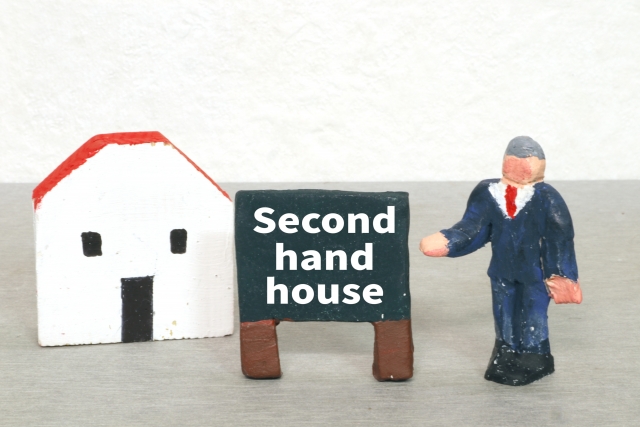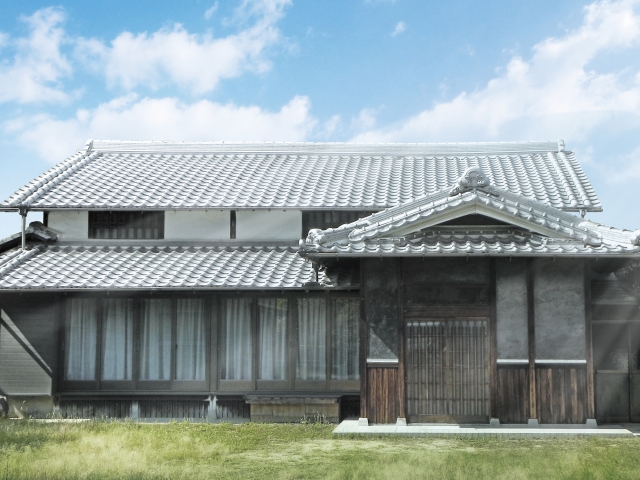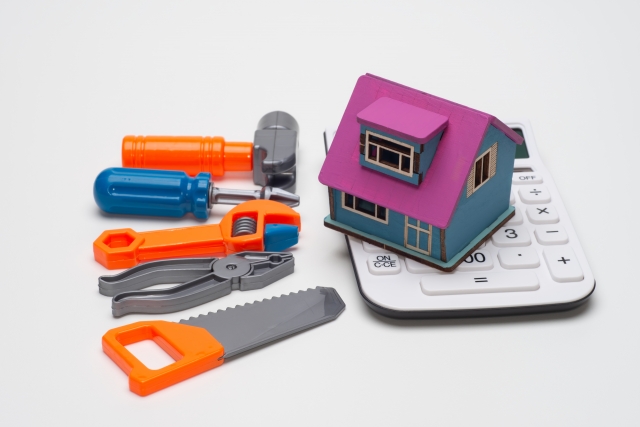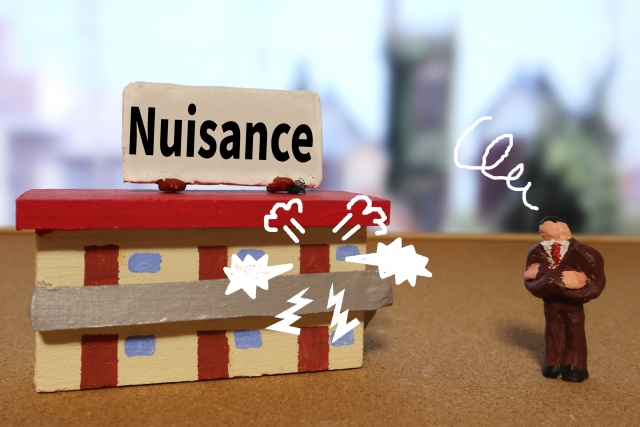7 Things to Watch Out for When Buying a Traditional Japanese House
2025-07-20
Real Estate Investment in Japan

Among the many types of Japanese real estate that are popular with foreign investors, traditional Japanese houses are attracting increasing attention.
Traditional Japanese houses with nostalgic charm, such as old wooden houses and machiya townhouses, are popular not only among Japanese people but also among foreigners. More and more people are utilizing them as rental properties, vacation rentals, or shops.
However, due to their age and other factors, there are several important points to keep in mind when purchasing traditional Japanese houses.
This article provides an easy-to-understand explanation of key considerations for those who are thinking about investing in traditional Japanese houses.
What Is a Traditional Japanese House?
A traditional Japanese house refers to a home built using age-old construction methods and natural materials found in Japan. It is easy to imagine the type of house that appears in historical Japanese dramas, featuring elements such as roof tiles, tatami mats, verandas, alcoves, and earthen floors.
Even within the category of traditional Japanese houses, there are various types—from relatively new constructions that use traditional techniques to much older homes. Among them, traditional Japanese houses built long ago, known as kominka, have become particularly popular in recent years.
Although there is no strict definition of a kominka, it generally refers to a house built using traditional Japanese methods and is over 50 years old.
Kominka are highly sought after for their distinctive and atmospheric appearance by both foreigners and Japanese. In addition, since they are often relatively inexpensive, more people are not only choosing to live in renovated kominka, but also to use them as rental properties, vacation rentals, cafes, or shared offices.

8 Important Points to Consider When Buying a Traditional Japanese House
Among traditional Japanese houses, kominka attract many buyers due to their charm and affordability. However, their age can present certain disadvantages, so it is important to understand a few key points before purchasing.
Here are eight things to keep in mind when buying a traditional Japanese house (kominka).
Lack of Insulation and Earthquake Resistance
Kominka were typically built before insulation materials became widespread, so they do not offer good thermal insulation. Furthermore, due to gaps and distortions caused by age, outside air can easily enter the house, making it essential to take measures against the cold in winter.
Also, Japan’s current earthquake resistance standards were implemented in June 1981 and revised again in 2000. Therefore, many kominka do not meet the required standards, posing a higher risk of collapse in an earthquake.
Potential Termite Damage
Termites feed on wood and even concrete, creating holes that can severely weaken a building. If termite damage is left untreated, the building could collapse in the event of a disaster. Traditional Japanese houses are usually wooden structures, and many kominka have been left unattended for long periods, making them more susceptible to termite damage.
If the pillars or foundations are affected, deterioration progresses rapidly, increasing the risk of collapse. It’s important to inspect the condition beforehand and take appropriate extermination measures if needed. Ongoing termite prevention is also necessary after purchase.
Pre-Purchase Home Inspection (Building Assessment)
Due to the age of kominka, serious structural problems may be hidden from plain sight. It’s a good idea to consider a pre-purchase inspection by a professional. They can check for issues such as structural distortion, water leakage, and corrosion, helping buyers make informed decisions with peace of mind.
This is particularly beneficial for buyers from afar or for foreign investors unfamiliar with Japanese real estate practices.
High Renovation Costs
If the property has not been maintained, extensive repairs or renovations may be required. In traditional Japanese houses, costs can be higher due to limited availability of skilled craftsmen and special building materials.
In some cases, large-scale renovations can cost anywhere from several million to over ten million yen. It’s important to get cost estimates in advance and plan your budget accordingly.

Often Located in Inconvenient Areas
While rural and nature-rich areas have their own charm, these locations can also be inconvenient for daily living. A car may be necessary for shopping, and convenience stores or commercial facilities may be far away.
Be sure to check the surrounding environment and transportation access in advance.
Possibility of Incomplete Infrastructure
Verify whether utilities such as electricity, gas, and water are in place. In rural areas with older buildings, basic infrastructure may not be fully developed. Bringing utilities up to modern standards may cost anywhere from hundreds of thousands to millions of yen.
Additionally, it’s important to check internet availability. In some areas, internet access may not be possible.
High Fire Risk
Traditional Japanese houses are typically wooden structures, which makes them more prone to fire. It is important to take preventive measures such as checking for faulty wiring and having fire extinguishers properly installed.
Older properties may also be difficult to insure or may have higher fire insurance premiums due to their high risk.
If you plan to use the property as a rental, there may be legal requirements regarding earthquake resistance and fire protection. Be sure to confirm whether compliance with such regulations is necessary.
Security Concerns
Traditional Japanese houses often have many windows and doors, which can make them easier to break into. Older houses also lack modern security features like reinforced glass. Consider upgrading to security glass or installing home security systems after purchase.
In addition, if you plan to operate a vacation rental, it’s essential to have a solid management system in place to handle cleaning, key management, and emergency responses. For remote operation, partnering with a management company may be necessary.
[Bonus Section] Additional Considerations When Purchasing for Vacation Rental Use
If you plan to purchase a traditional Japanese house for the purpose of operating a vacation rental, there are additional considerations to be aware of.
Licensing for Vacation Rentals
Running a vacation rental requires approval under Japan’s Hotel Business Law or local government regulations. If the structure or location of the property does not meet these standards, approval may not be granted.
This is especially common with kominka, which may need significant upgrades in earthquake resistance and fire safety, leading to higher costs.
Daily Operations and Community Relations
Unlike regular rental properties, vacation rentals require ongoing management such as cleaning, key handling, and dealing with guest issues. If the investor lives far away, working with a professional management company is advisable.
Also, building a good relationship with the local community is important. In traditional villages, residents may be cautious about vacation rentals due to concerns about noise and etiquette. Investors should aim to operate in a way that earns community support.

How to Find a Traditional Japanese House
How can you find a traditional Japanese house? Below are two main methods: using an Akiya Bank or consulting a local real estate agency.
Akiya Banks
An Akiya Banks is a matching service operated by local governments that connects buyers with owners of vacant houses. These platforms often list older, low-priced properties not typically handled by real estate companies, which can lead to affordable purchases.
However, Akiya Banks do not provide the same level of support as real estate agents. Buyers must negotiate and contract directly with sellers, increasing the potential for disputes.
Local Real Estate Agencies
Local real estate agencies in your target area may have information about kominka that are not listed online. They can also provide insights into the area’s characteristics and property details.
However, local agencies may not be ideal for foreigners who are unfamiliar with Japanese or who want a broader range of property options. It is recommended to consult with agencies that offer multilingual services and specialize in properties for foreign clients.
Conclusion
Traditional Japanese houses, especially kominka, offer affordable prices and nostalgic charm, making them promising business opportunities.
However, due to their age, these properties often come with concerns about earthquake resistance, insulation, and other issues. To find a satisfactory property, it’s advisable to work with a real estate agency that is knowledgeable about traditional Japanese homes and can provide multilingual support.
At wagaya Japan, we offer a wide range of properties throughout Japan, including traditional Japanese houses. With multilingual agents on staff, you can feel confident and supported in your property search.

